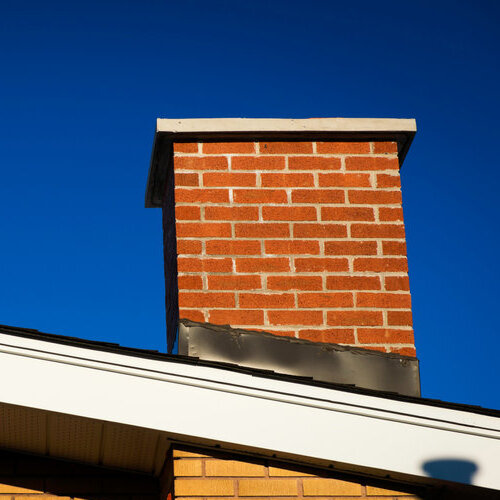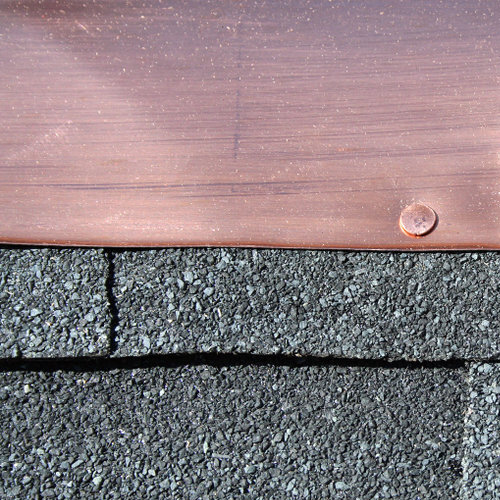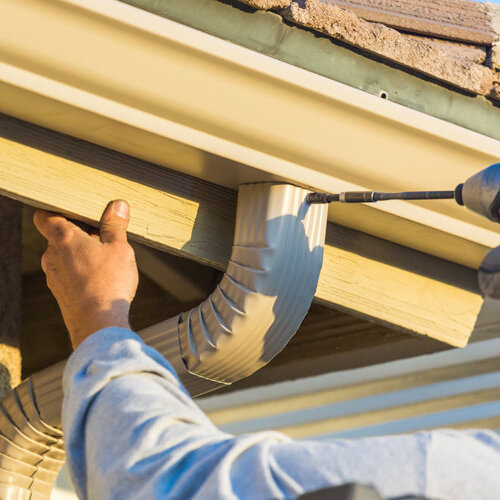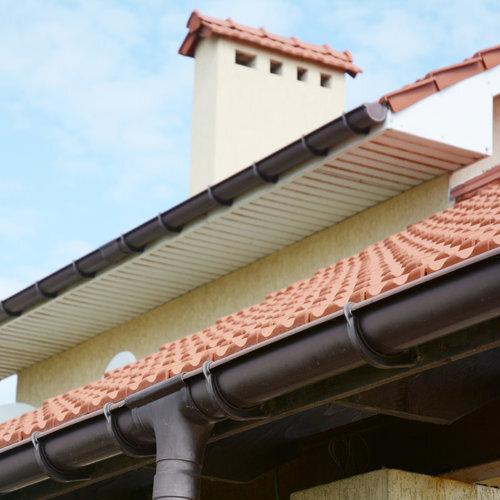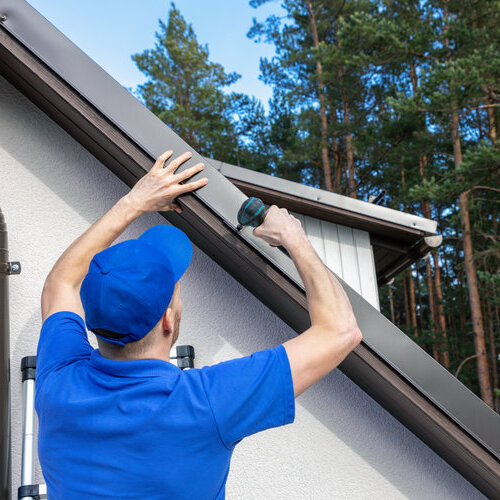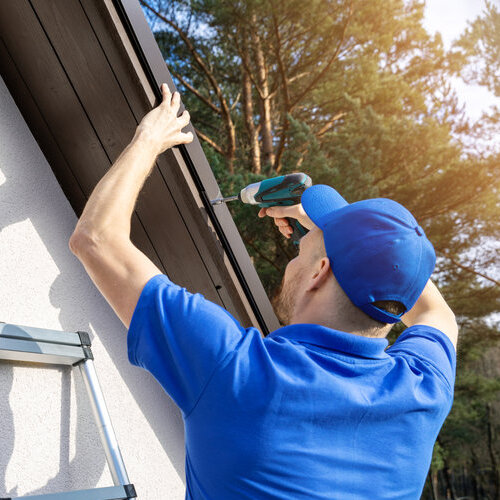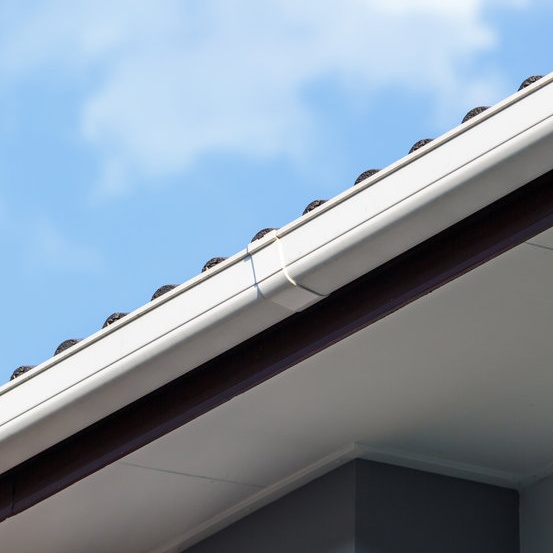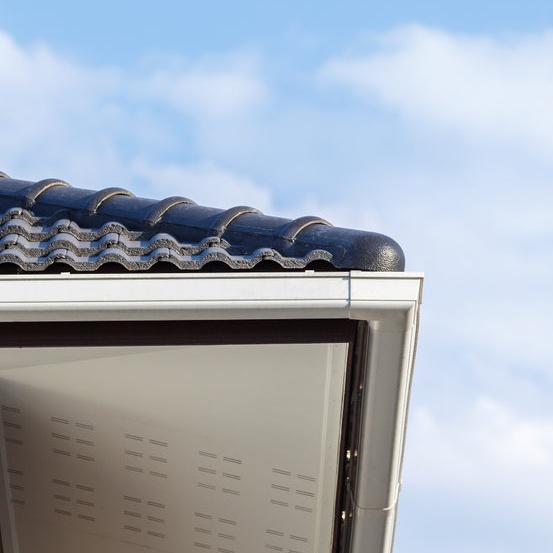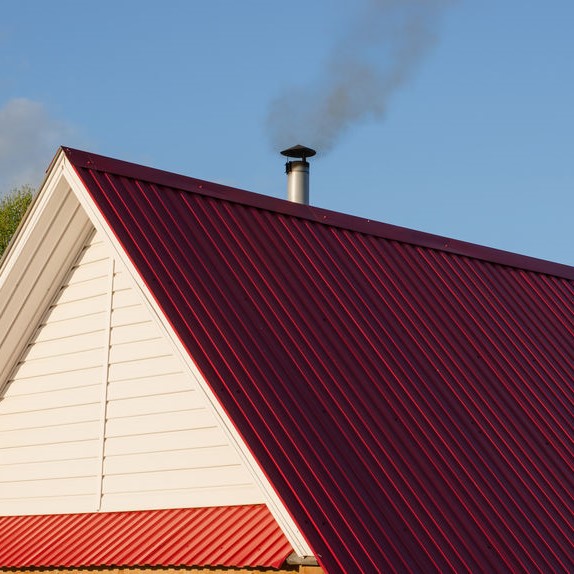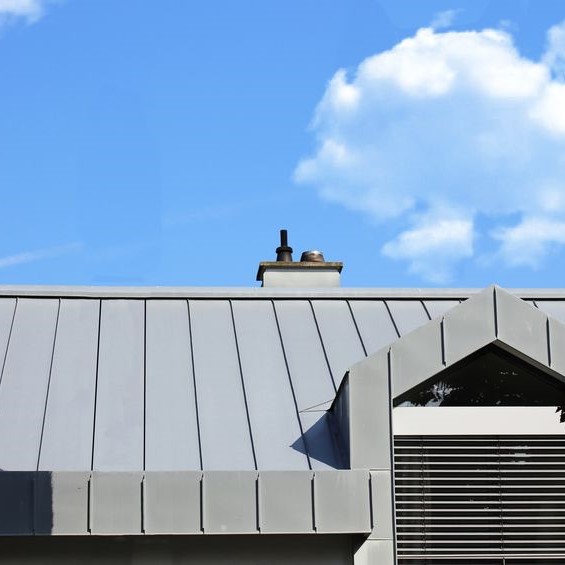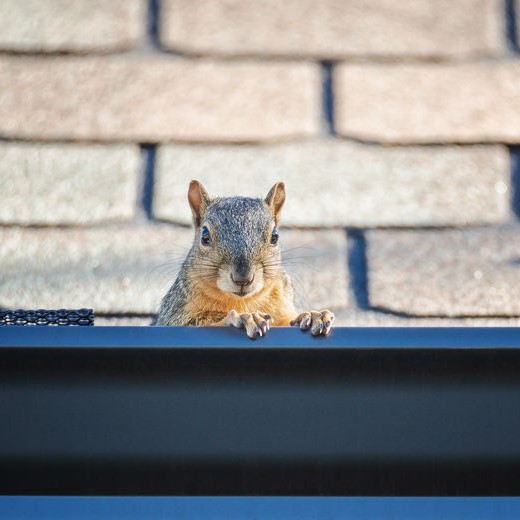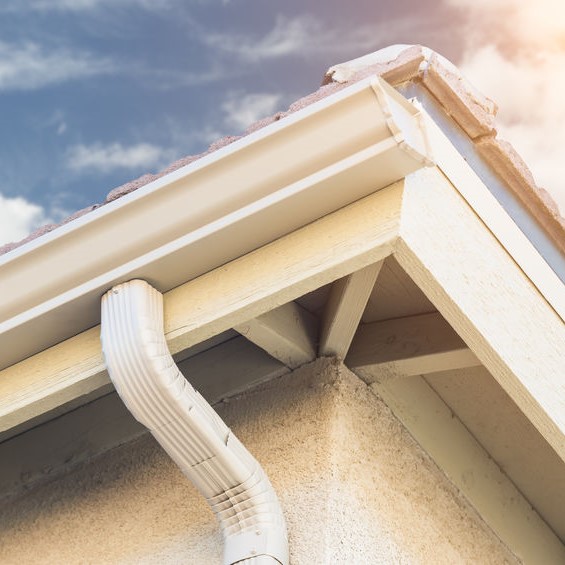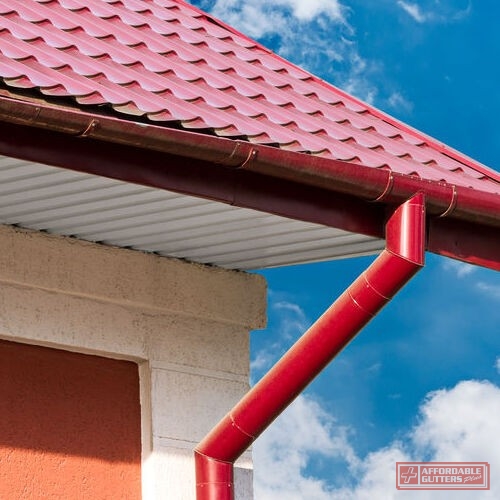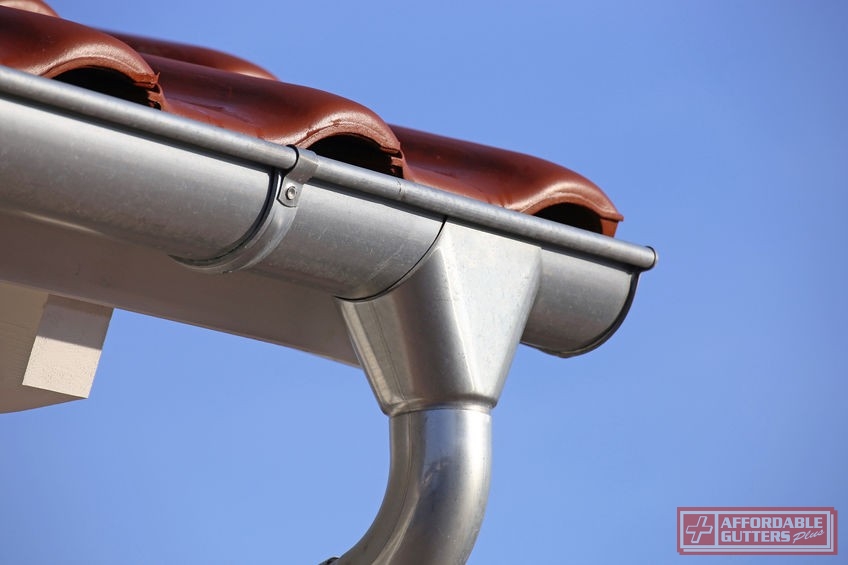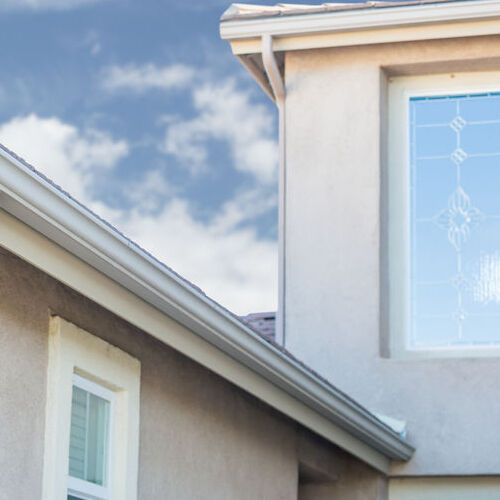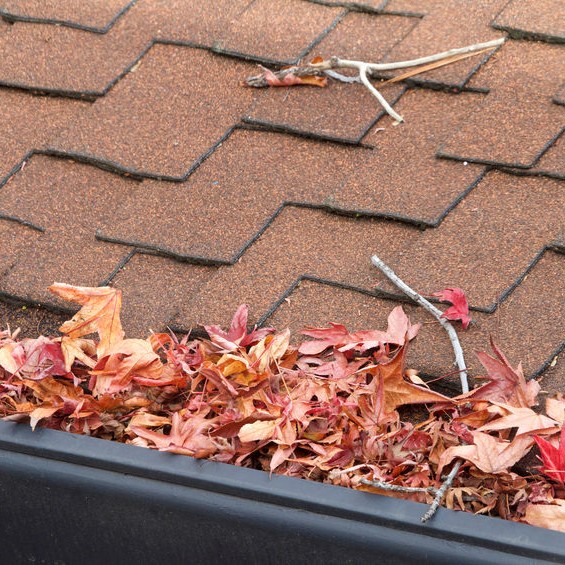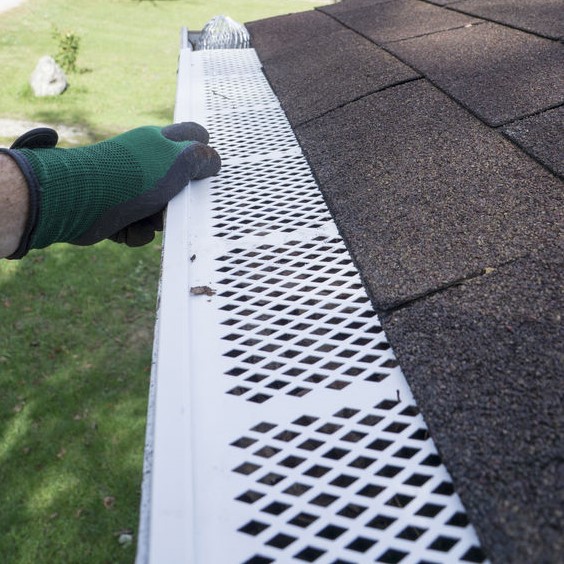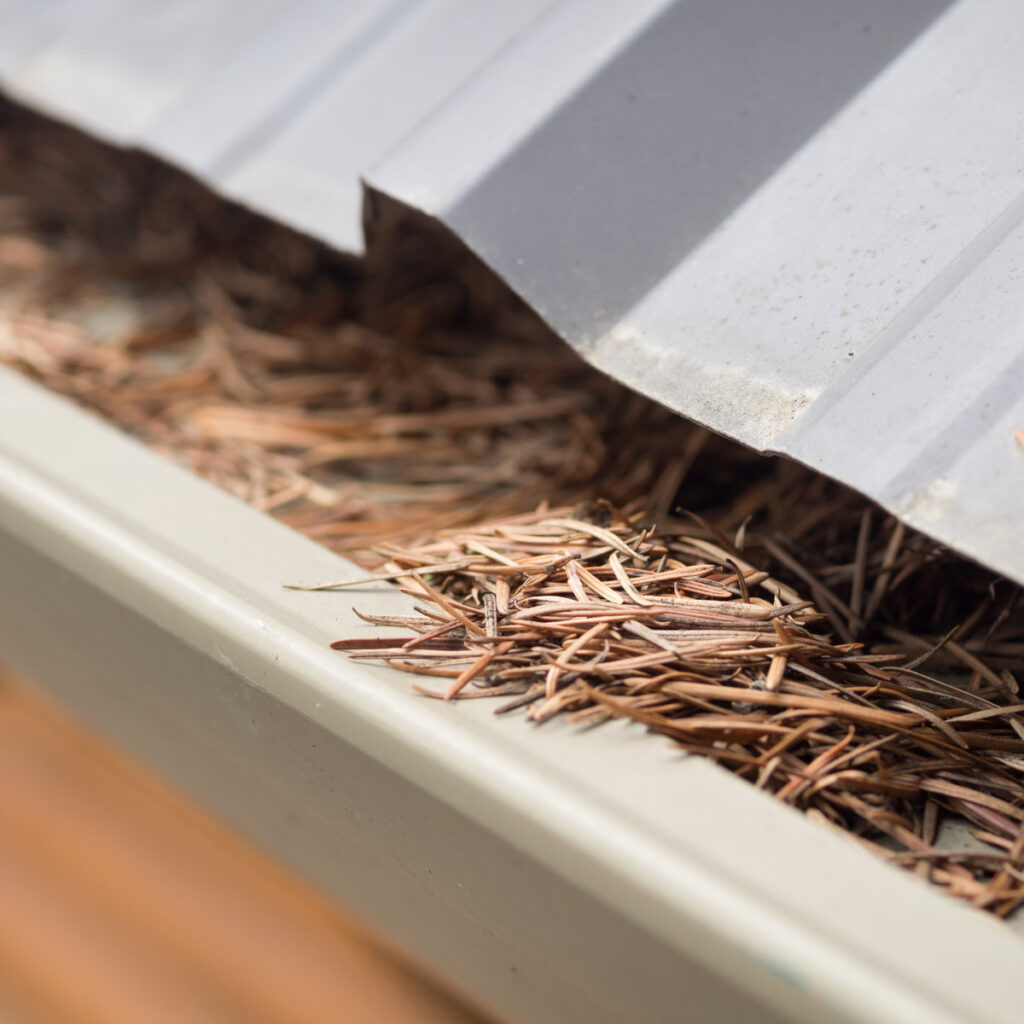
Why Seamless Gutters?
Most homes in and around Canton, Georgia have trees around them. And with trees comes leaves and twigs, birds, and assorted critters, which all give a reason why a gutter system is so important. When it comes to getting new gutters installed, more homeowners are going with the seamless gutters today instead of the regular gutters.
What’s the difference between seamless gutters and regular gutters?
There are two types of gutters to choose from today: Seamless Gutters and Regular Gutters. What is the difference between seamless gutter vs regular gutters? Both serve the same purpose, both are installed on the fascia of your home. The difference is how they are manufactured and how they are installed.
- Regular gutters are what most homes still have today. They come in sections and are snapped or fastened together, creating seams.
- Seamless gutters are the newest innovation for a home’s exterior. They are just as the name says, seamless. They are manufactured on the job site from a truck-mounted machine that rolls off a continuous strip of metal. As it comes off the truck the contractor staff fastens it to the fascia.
Whether one is better than the other is a personal opinion. The regular gutter style is less expensive than the seamless gutter style, so where budget is a concern, the regular gutters are your better choice. The seamless gutters do not have the joints and seams that the regular gutters have, which makes them stronger. Without joints and seams, they hold up longer than the traditional gutters that are known to be weak at the joints, and are prone to leaks.
How are seamless gutters connected?
Seamless gutters are unlike regular gutters that come in sections, and one downside to that is if there is a malfunction or problem with seamless gutters, you can’t just replace the one section. The entire gutter system has to be removed and replaced. This means when they are installed, it must be done accurately and correctly. The following is the process for installing seamless gutters:
- On your scheduled appointment day, the contractor will arrive with either a portable machine or truck-mounted machine with the materials needed to make your seamless gutter system.
- They will have already taken the measurements, but most will measure again, and the manufacturer your seamless gutters right there on the spot. The measurement and placement of your gutters are all based on the size and slope of your roof’s pitch.
- Gutters are made in meters today and your seam gutters will be many meters long without any joints up until they connect with the downspout. Seamless gutters will have joints to turn corners or if the angle varies.
- The seamless gutters are attached to the fascia with brackets and straps. Almost identical as fastening regular gutters, but without leaving any space between the gutter and the roof’s edge.
- The same mechanism is used to connect the seamless gutters to curves and the downspouts as with regular gutters. The ends are secured with nails, screws, and gutter sealant.
How do Seamless gutters make corners?
Seamless gutter corners are made the same way regular gutter corners. The contractor will make two pieces, an inside corner piece, and an outside corner piece. Both are cut at 45-degree angles and then pieced together to create the corner. The inside seams are sealed with a gutter sealant.
Are downspouts seamless?
Regular or seamless gutters are only as good as the installation job and the downspouts installed with them. In either style, a downspout is a larger diameter gutter run installed vertically and connected to the gutter run. Then a curved or elbow piece is placed at the end that redirects the water as it comes through the gutter run.
Do you need a seamless gutter with a guard?
No, you don’t have to have gutter guards with your seamless gutters, but why wouldn’t you? Gutter guards on regular gutters or seamless gutters will less the need for cleaning the gutters. And with seamless gutter guards being made at the same time as your seamless gutters, they’ll fit perfectly as they are custom made too.
Are the seamless gutter and roofing installed together?
No, in most cases, regular gutters or seamless gutters will be installed after the roofing job is complete. In some cases, if the gutters are damaged beyond repair, seamless gutters can be installed first if the roof isn’t going to be replaced in the near future.
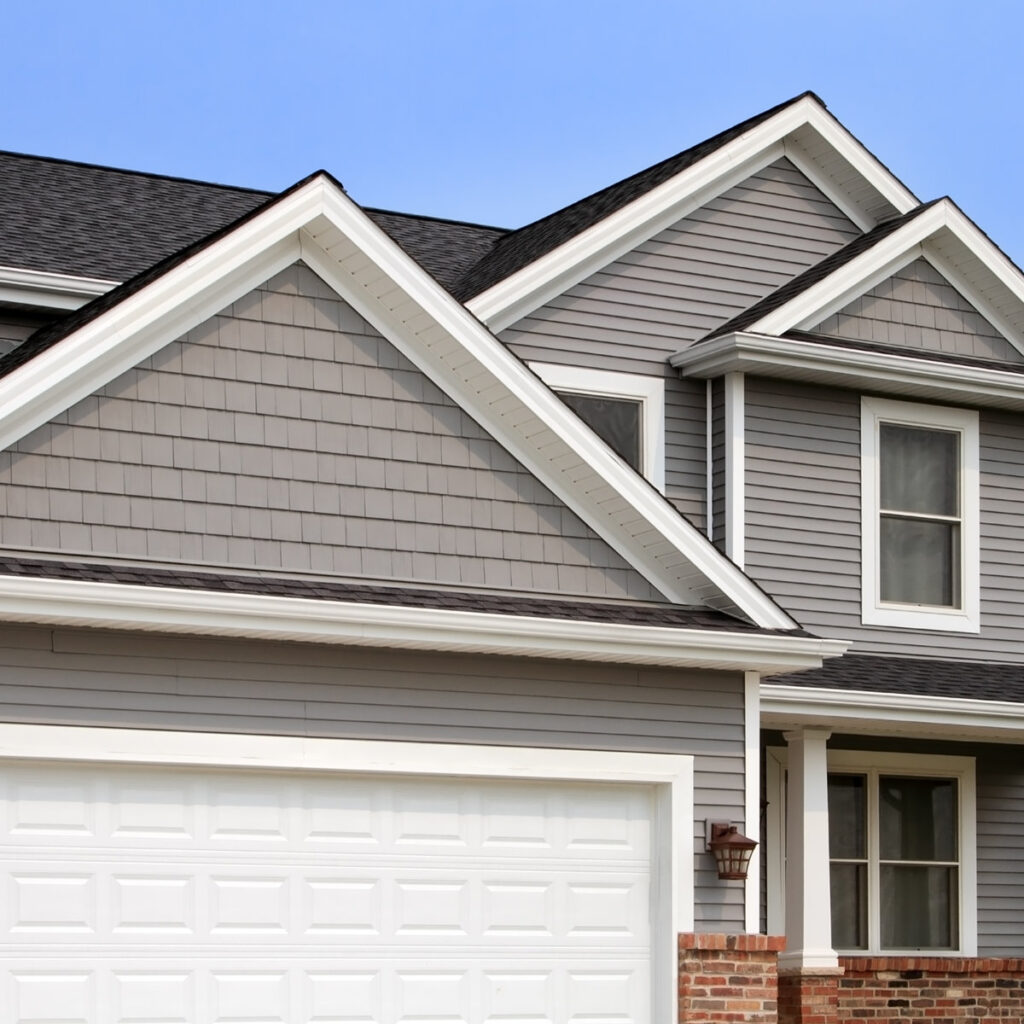
Are Seamless gutters worth it?
Yes, they are more expensive but the benefits will outweigh that expense:
- Minimal Maintenance: Seamless gutters do not have any joints or seams other than the corners and downspouts. This minimizes the possibility of clogs from debris, leaves, limbs, or bird and critter nesting.
- No Backing Up or Overflowing: Again, with less clogging, the rainwater won’t back up under the shingles or overflow the gutter runs.
- Easy Installation: It may seem that the contractor making seamless gutters on the site would make it more difficult. But because it is one solid piece, it makes the job easier.
- Aesthetics: Without joints and seams, the seamless gutters are more attractive.
- Fewer Leaks: Without joints and seams, seamless gutters aren’t as likely to have leaks, and weak areas are gone!

